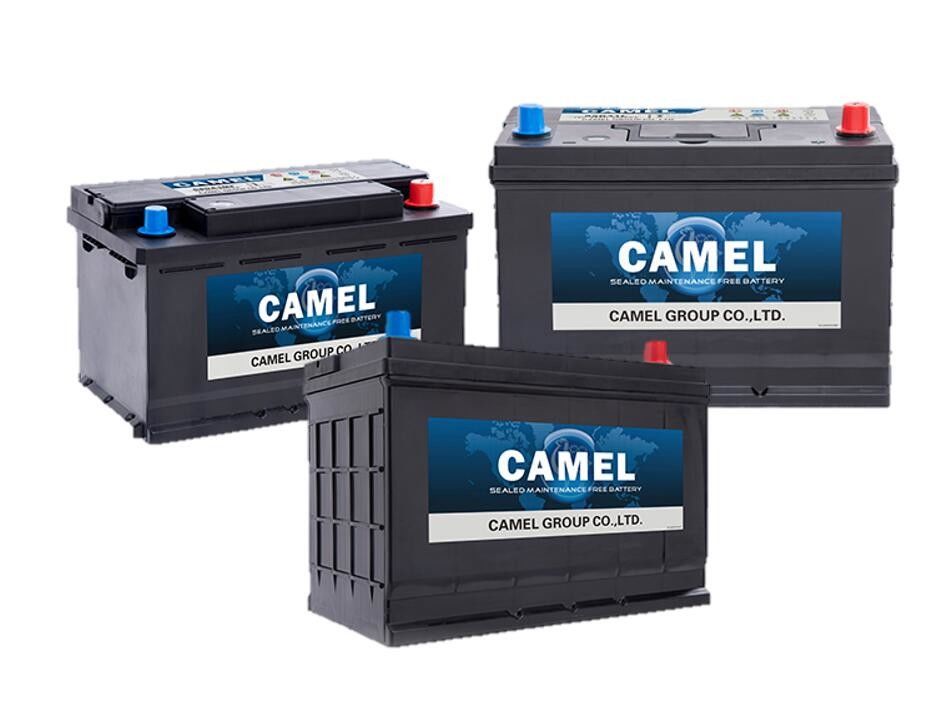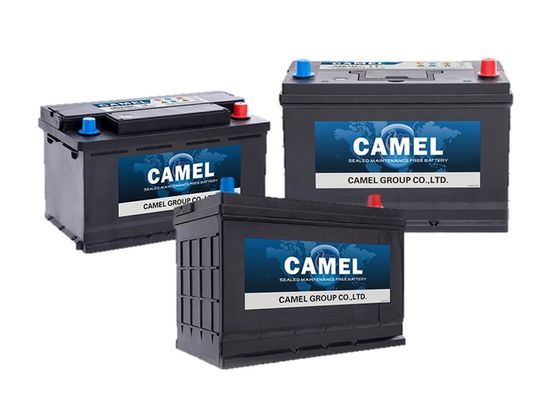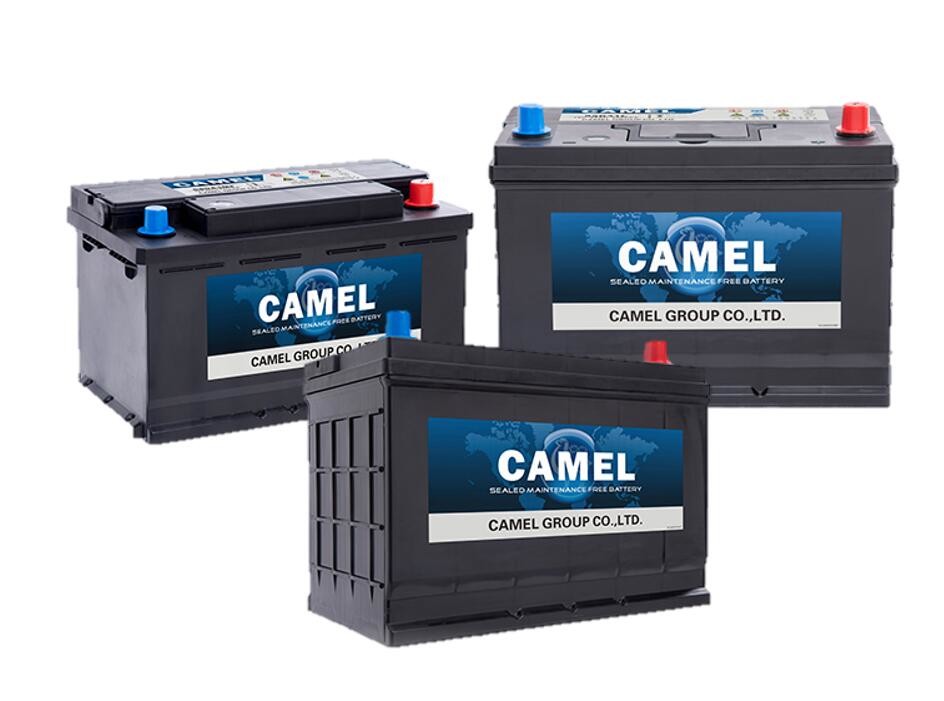Camel Brand EN Standard 12V 66/74Ah Lead-acid Maintenance Free Starting Battery
Camel lead-acid starting battery is a maintenance free battery which is used to deliver the large burst of power to start the engine for the vehicles. Once the engine has started, the alternator maintains power and recharges the battery. With more than 40 years' experience on the starting battery, Camel starting batteries are widely applied in the cars. In China, almost 1 in 2 new cars used Camel batteries. We are confident with the product quality and service.
Product Features
Long Lasting Power
SLI batteries are unique in that they feature a 4BS lead paste formula that enhances battery capacity and ensures strong, long-lasting power support.
Temperature Resistant
The battery is designed to be able to operate between -30°C and 75°C.
Fast Charging
Application of new electrolyte additive, making fast charging available.
Vibration Resistant
Special grid structure and material to enhance vibration resistance performance.
Product Model
|
DIN
Gr.No
|
DIN NO. |
Voltage
(V)
|
Capacity
20Hr(Ah)
|
CCA
(-18℃)EN
|
Dimensions(mm)
L*W*H
|
Terminal
(Layout /Type)
|
Hold Down |
Weight
(kg)
|
| L3 |
56638MF |
12 |
66 |
520 |
278*175*190 |
0/1 |
B13 |
17.9 |
| L3 |
57412MF |
12 |
74 |
620 |
278*175*190 |
0/1 |
B13 |
18.5 |
| L3 |
57413MF |
12 |
74 |
620 |
278*175*190 |
1/1 |
B13 |
18.5 |
Applications
The SLI battery can be applied in the vehicles such as cars, suvs, minivans, light trucks and commercial vehicles.

About Camel
Founded in 1980, Camel Group Co., Ltd.(Stock No: SH601311) is specialized in the R&D, production and sales of lead-acid batteries, with the production of EV lithium-ion battery and used battery recycling as the supplement. Camel is the largest and leading car battery manufacturer in Asia.
Currently, Camel has four major brands, which are CAMEL, HUAZHONG, SWAN, DF. With over 400 types of products covering automotive starter battery, start-stop battery, lithium-ion battery, traction battery, etc. Camel batteries are widely used in cars, trucks, agricultural vehicles, golf carts, electric vehicles and other applications.
The core competitiveness of Camel Group stems from continuous independent innovation, clear development strategy and efficient execution, which are all based on having an enterprising and innovative management and technical team. To ensure the technological leadership in the industry, Camel has continuously increased R&D investment and introduced the world's leading automatic production lines, and advanced R&D and testing devices. The professional R&D institute under the company is recognized as state-level enterprise technology center. Camel also has academician expert workstation and state-level laboratory. As a high-tech enterprise supported by the state, Camel has entered the field of new energy vehicle prospectively, committed to green energy manufacturing and recycling, and opening a low-carbon life for mankind.


FAQ
1. Why is the battery voltage abnormal?
A: After charging, the voltage of each single cell should be around 2.1 V (may be affected by electrolyte density). If the voltage is low during primary usage, check if battery is fully charged or if electrolyte density is too high or too low.
If battery shows comparatively higher voltage during charging, along with numerous bubbles and voltage drops fast during discharge, this may indicate plates sulfation. Fully discharge the battery with low current and then charge the battery with low current (0.1C20), repeat the discharge and charge steps several times. The effect of this method may be affected by the sulfation degree.
2. What is the effect of abnormal electrolyte density and indicator color?
A: During battery charging and discharging processes, electrolyte density should vary from 1.070 to 1.290g/cm3. Density increases during charging and decreases when discharging.
a. If density is too high, it will cause plate sulfation and accelerate grid corrosion; while if density is too low, it will affect discharge capacity.
b. Under normal charging conditions, if the density does not increase significantly or even remain unchanged, there is a possibility of plate’s sulfation, which may need countermeasures to eliminate sulfation.
c. After the battery is charged, if the density decreases significantly during the resting period, it indicates the sever battery self-discharge, which may be caused by too much impurities in electrolyte. If electrolyte shows abnormal color or smell, or even shows turbidity, it indicates that the electrolyte is impure and impurities has got into the battery.
d. If electrolyte shows the color of metal ions, there is a possibility of contamination.

 Your message must be between 20-3,000 characters!
Your message must be between 20-3,000 characters! Please check your E-mail!
Please check your E-mail!  Your message must be between 20-3,000 characters!
Your message must be between 20-3,000 characters! Please check your E-mail!
Please check your E-mail! 




